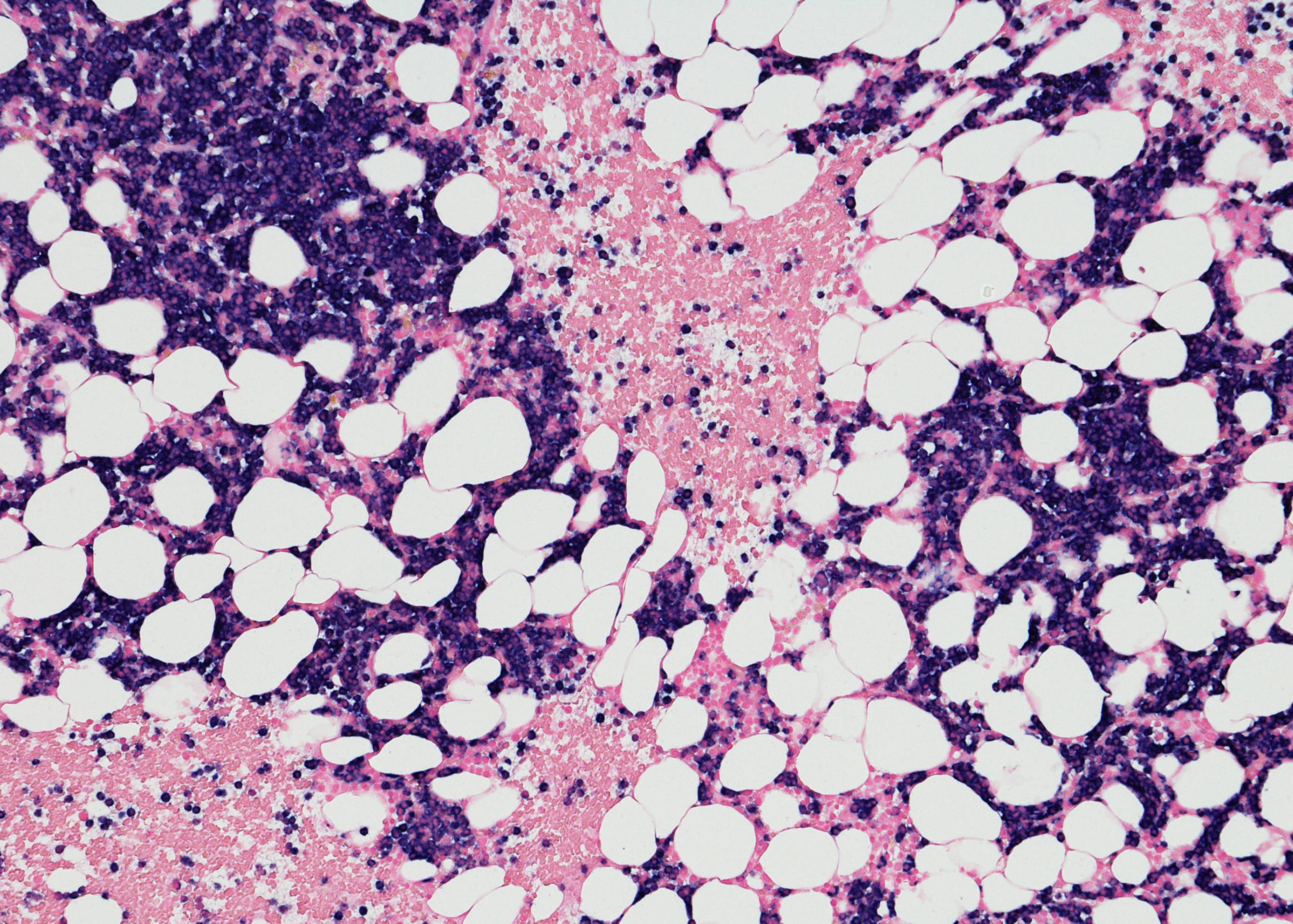Multiple myeloma is a type of cancer that develops in the bone marrow or the soft tissue inside your bones. It’s a malignant (cancerous) condition that occurs when abnormal plasma cells grow and invade other tissues, including the bone marrow. The abnormal cells produce large amounts of immunoglobulin, which can lead to various symptoms.
What are the Symptoms of Multiple Myeloma?
The most common signs and symptoms of multiple myeloma are:
- Bone pain
- Fatigue or weakness
- Shortness of breath
- Fever and chills
- Loss of appetite (not related to nausea)
What are the Causes & Risk Factors of Multiple Myeloma?
There is no known cause of multiple myeloma. It is thought to be caused by a combination of factors, such as genetic predisposition, environmental exposure, and hormones, but several factors may increase your risk. These include:
- Age – Multiple myeloma is most common in people over age 50.
- Infection with Human T-cell Lymphotropic Virus Type 1 (HTLV-1) – A virus that can cause leukemia and other blood disorders; it’s found mostly in tropical areas.
- Family History – People who have a family history of multiple myeloma are more likely to develop it themselves.
- Exposure to radiation or certain chemicals
How is Multiple Myeloma Diagnosed?
A blood test, such as a complete blood count (CBC), can determine if your body has increased monoclonal immunoglobulin (Ig) G protein-specific antibodies. These antibodies are produced by the plasma cells that have been transformed into malignant plasma cells in multiple myeloma.
If the CBC determines that you have an increase in these proteins, your doctor will likely perform other tests. You may have a bone marrow aspiration and biopsy, which involves inserting a needle into your hip bone to remove some bone marrow for testing. This can help confirm the presence of cancerous plasma cells and determine whether they are located in areas where they shouldn’t be—such as the liver or kidneys.
Another common test for multiple myeloma is magnetic resonance imaging (MRI). This test creates images of your bones and soft tissues by sending radio waves through them so that they can be seen on a computer screen. An MRI can help detect tumors throughout your body and determine their size and location so that doctors can provide treatment plans accordingly.
How is it Treated?
Multiple myeloma can be treated with chemotherapy, targeted therapy, radiation therapy, and stem cell transplantation. Doctors will choose from these treatment options based on the patient’s medical history and type of multiple myeloma.
Chemotherapy is used to destroy cancer cells before they spread or return after treatment has ended. It does this by damaging or killing rapidly dividing cells that grow into tumors.
Targeted therapy uses drugs that target specific molecules involved in cancer growth or spread. These drugs may help stop cancer cells from growing or spreading so that they become less harmful to patients. Radiation therapy uses high-energy rays to destroy cancer cells.
Radiation may be used alone or combined with other treatments like chemotherapy or targeted therapy as part of your overall treatment plan for multiple myeloma.
Stem cell transplantation involves replacing some of your immune system’s stem cells with those from another person who has healthy stem cells but no history of cancer. Stem cell transplants are generally performed only when other treatments have not worked well enough.
Hematologists and Bone Marrow Transplantation experts at Burjeel Medical City, Abu Dhabi, treat multiple myeloma and other malignant blood diseases. They are also experts in bone marrow transplantation, stem cell transplantation, immunotherapy, and finding the best treatment for your condition.







